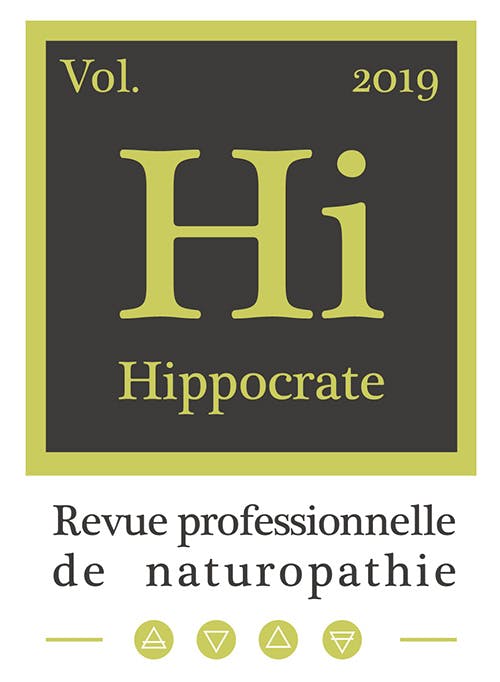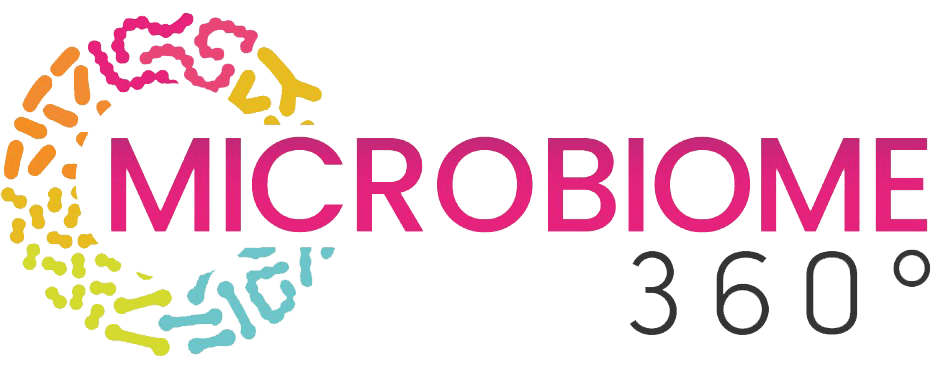Metabolism and Nutrition
The digestive function is very important, as it transforms the food we eat into elements that can cross barriers to enter our internal environment, thus contributing to our metabolism and the proper functioning of our body. Understanding these mechanisms will be the first objective of this course.
The second objective is to explain and understand diseases, digestive imbalances and their consequences on a metabolic level. Third, we will learn to recognize the early signs of these imbalances, such as oxidative stress, acid-base balance, free radicals or even silent inflammation. This knowledge offers effective methods for disease prevention and ways to maintain good health.
This course will also cover links with Chinese medicine, homeopathy, auriculomedicine, as well as approaches from certain authors such as Kousmine or Louis-Claude Vincent.

Teaching Methods Included:
- E-Learning Courses: an interactive, motivating and effective way to learn.
- Printable course booklets
- Online exams
- Access to the student center
- Videos and virtual library.
Course Content Description
Table of Contents
- Student Guide
- Exam Due Dates
- Timeline
- Change the due date
- Important
- Course Objectives
- References
- Teaching Method
- Contact
- Start studying
- Answer the questions
- Self-correction
- Plan your work schedule
- Exam
Chapter 1
- Anatomy – Digestive Physiology
- Introduction
- The Digestive System
- Division
- Functions
- Mechanisms of Digestion
- First stage
- Second stage
- Third stage
- Features of the small intestine
- Features of the colon
- Special features of nerve control along the digestive tract
- Digestive absorption
- Chemical principle
- Absorption
- Gastrointestinal motility
- Main movements
- Mastication and swallowing
- Gastric motility
- Small intestine motility
- Large intestine motility
- Gastrointestinal tract musculature
- Digestive tract innervation
- The mucosa
- Gastrointestinal and exocrine gland secretions
- Saliva
- Gastric secretions
- Pancreatic secretions
- Hepatic secretions
- Intestinal juice
- Small intestine
- Large intestine
- Enzymes
- Definition
- Enzyme makeup
- Apoenzyme
- Enzyme nomenclature and classification
- Coenzymes and cofactors
- Vitamins
- Minerals
- Table of digestive enzymes
- Digestion and absorption
- Digestion and absorption of carbohydrates
- Digestion and absorption of proteins
- Digestion and absorption of lipids
- Absorption of vitamins
- Absorption of water and minerals
- Satiety and regulation of food intake
- Knowledge review
- Activity 1
Chapter 2
- Digestive Pathophysiology
- Functional intestinal diseases
- Intestinal permeability or hyperpermeability
- Dysbiosis or imbalance of the gut flora
- Irritable bowel syndrome
- Celiac disease
- Organic intestinal diseases with inflammation
- Crohn’s disease
- Ulcerative colitis
- Food hypersensitivity
- Major food allergens or hypersensitivity mediators in the West
- Main allergens
- Mechanisms of the immune system
- The four types of immune reactions
- Type 3 delayed reactions and autoimmune diseases
- Solutions
- Conclusion
- Digestive disorders
- Gastric ulcer
- Indigestion due to enzymatic and bile deficiency
- Nutritional anemias
- Iron-deficiency anemia
- Megaloblastic anemia
- Knowledge review
- Activity 2
Chapter 3
- Metabolic diseases
- Lipid metabolism
- Introduction
- Digestion and absorption of dietary lipids
- Lipid transport in the body
- Structure and function of lipoproteins
- The different metabolic pathways of lipoproteins
- Lipoproteins and atherosclerosis: bad VLDL/LDL and good HDL?
- Naturopathic approach to hypercholesterolemia
- Managing sugars in the body
- Storage and release of glucose
- The role of the pancreas
- Dysglycemia
- Hypoglycemia
- Hypoglycemia, a complex issue
- Screening tests
- Type 2 diabetes (non-insulin dependent)
- Gestational diabetes and its management
- Lifestyle and dietary rules:
- Postpartum management:
- Important concept: glycation:
- Metabolic syndrome or Syndrome X
- Definition
- Pathophysiology of Metabolic Syndrome
- Management of Metabolic Syndrome
- Knowledge review
- Activity 3
Chapter 4
- Acid-base balance
- Acid base balance
- Introduction
- Definitions
- Blood differs from tissues
- Digestive dynamics
- Fermentation and putrefaction processes
- Daytime and nighttime phases
- Signs of tissue acidity
- Correction of tissue acidosis
- PRAL index of foods.
- Oxygenation
- Use of alkaline citrates
- Table of PRAL index of foods
- Vegetables
- Lipids
- Simple sugars
- Essential foods
- Beverage waters:
- Is the Pral index realistic? Do not confuse...
- Some acids
- For more information
- The work of Louis-Claude Vincent
- The work of Dr. Pierre Grobon
- The work of Dr. Kousmine
- Knowledge review
Chapter 5
- Special cases in digestive pathophysiology.
- Oxidation and free radicals
- Sources of free radicals
- Harmful effects of free radicals
- Health problems linked to free radicals
- Free radicals and atherosclerosis
- Signs of oxidation:
- Screening tests for oxidative stress
- Antioxidant solutions
- Dietary sources of antioxidants:
- Supplement sources:
- Vitamins
- Minerals and trace elements
- Inflammation and polyunsaturated fatty acids: omega 3 and 6
- Causes of inflammation
- Omega 6 PUFA metabolism
- Testing for silent inflammation
- Solutions
- Required amounts of EPA and DHA according to SIP
- Fish oil quality criteria
- Recipe
- Knowledge review
- Activities 5
Answers
- Answers to Activity 1
- Answers to Activity 2
- Answers to Activity 3
- Answers to Activity 4
- Answers to Activity 5
Appendices
- Appendix 1 – Glycemic Index (GI)
- Calculating the glycemic index
- What is the value of the Glycemic Index (GI)?
- Guide: foods with a high GI…
- Low GI foods
- Table of glycemic indices
- The concept of glycemic load
- There is another concept: the insulin index.
- Appendix 2 – Body Mass Index (BMI)
- Appendix 3 – Body Fat Index (BFI)
- Appendix 4: Paper Assessment of Acidosis
- Appendix 5: Paper Assessment of Oxidative Stress
- Appendix 6: Assessment of silent inflammation
- Bibliography
- Graded Activities
- Course 343 Metabolism and Nutrition
- INDEX







































